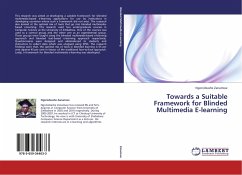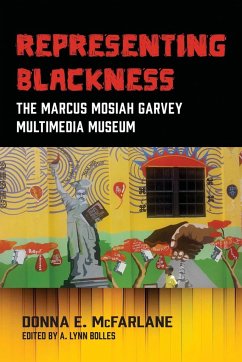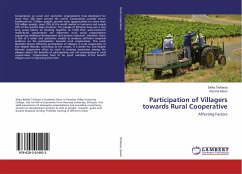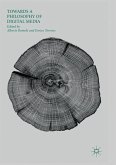This research was aimed at developing a suitable framework for blended multimedia-based e-learning applications for use by institutions in developing countries where such a framework did not exist. The research also looked at the optimal mix of tools that go into blended multimedia-based e-learning. This research used two undergraduate courses in Computer Science at the University of Zimbabwe. One of the courses was used as a control group and the other one as an experimental group. These groups were taught using the blended multimedia-based e-learning approach and blended text-based e-learning approach respectively. Questionnaires were designed and administered to students and instructors to collect data which was analysed using SPSS. The research findings were that, the optimal mix of tools in blended learning is 55 per cent against 45 per cent in favour of the traditional face-to-face approach. Lastly, a framework for blended multimedia e-learning was developed.
Bitte wählen Sie Ihr Anliegen aus.
Rechnungen
Retourenschein anfordern
Bestellstatus
Storno








